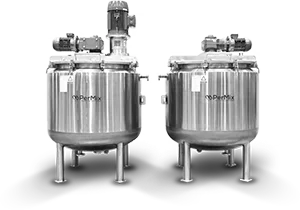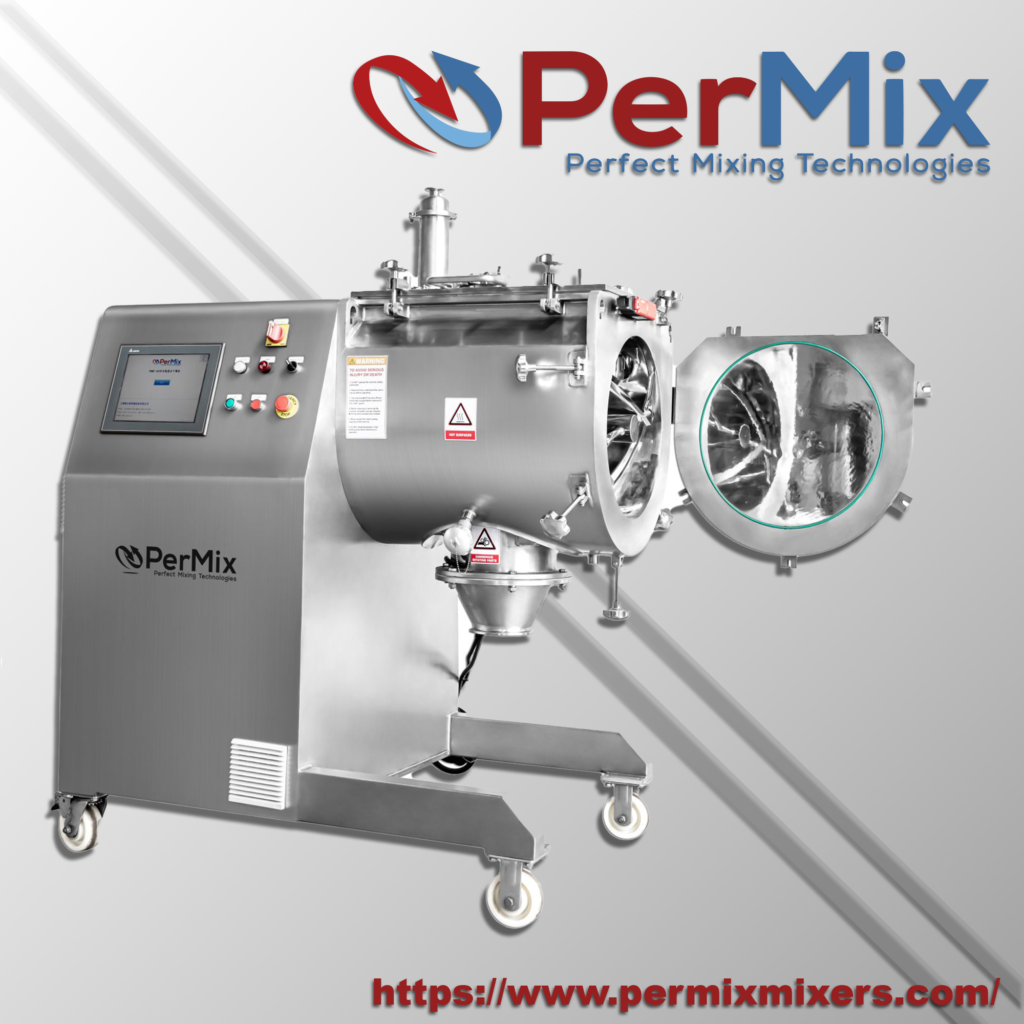Industrial Mixers
PerMix News & Updates



In this blog post, we will explore the difference between heating with steam and steam injection in mixers. Understanding these two methods is crucial for anyone involved in industrial mixing processes. So, let’s dive in and examine each approach in detail.
Heating with steam is a widely used technique in various industries, including food processing, chemical manufacturing, and pharmaceutical production. It involves using steam as a direct source of heat to raise the temperature of the mixer and its contents.
The process begins by introducing steam into the jacket surrounding the mixer vessel or through coils immersed in the mixture. As the steam comes into contact with the vessel or the coils, it transfers its heat energy to the surrounding surfaces, thereby raising the temperature of the product inside the mixer.
Steam injection in Mixers
Steam injection in mixers, on the other hand, is a different method used to achieve specific objectives in the mixing process. Rather than heating the entire mixer vessel, steam injection focuses on injecting steam directly into the mixture itself.
This technique is especially useful when precise temperature control and rapid heating or cooling are required. By injecting steam directly into the mixture, the heat transfer is accelerated, allowing for quicker temperature adjustments and more efficient mixing. The disadvantage of this is it does add moisture into the product
While both heating with steam and steam injection are effective methods for temperature control in mixers, there are several notable differences between the two approaches.
1. Heating Method: Heating with steam relies on the transfer of heat from the steam to the mixer vessel or coils, whereas steam injection introduces steam directly into the mixture.
2. Temperature Control: Steam injection offers more precise temperature control as the steam is injected directly into the mixture, enabling rapid heating or cooling. Heating with steam, on the other hand, provides more uniform heating throughout the mixer vessel.
3. Mixing Efficiency: Steam injection can enhance mixing efficiency by quickly adjusting the temperature of the mixture, leading to faster and more consistent results. Heating with steam may require longer mixing times to achieve the desired temperature throughout the mixer contents.
4. Applications: Heating with steam is commonly used in processes where maintaining a consistent temperature throughout the mixer vessel is critical. Steam injection, on the other hand, finds applications where rapid temperature changes and precise control are necessary.
Understanding the difference between heating with steam and steam injection in mixers is vital for optimizing industrial mixing processes. Both methods have their advantages and are suitable for various applications.
Whether you choose to heat with steam or utilize steam injection will depend on your specific process requirements and the desired outcome. By considering factors such as temperature control, mixing efficiency, and application needs, you can select the most appropriate method for your mixing operations.
